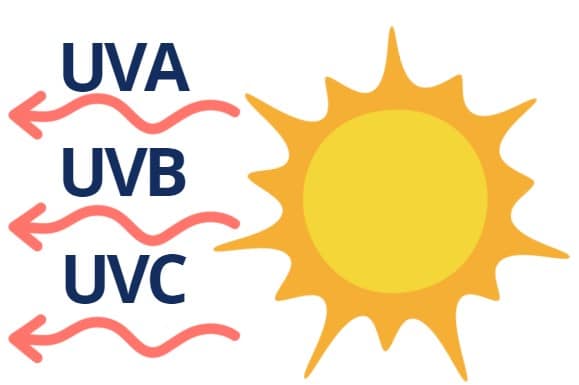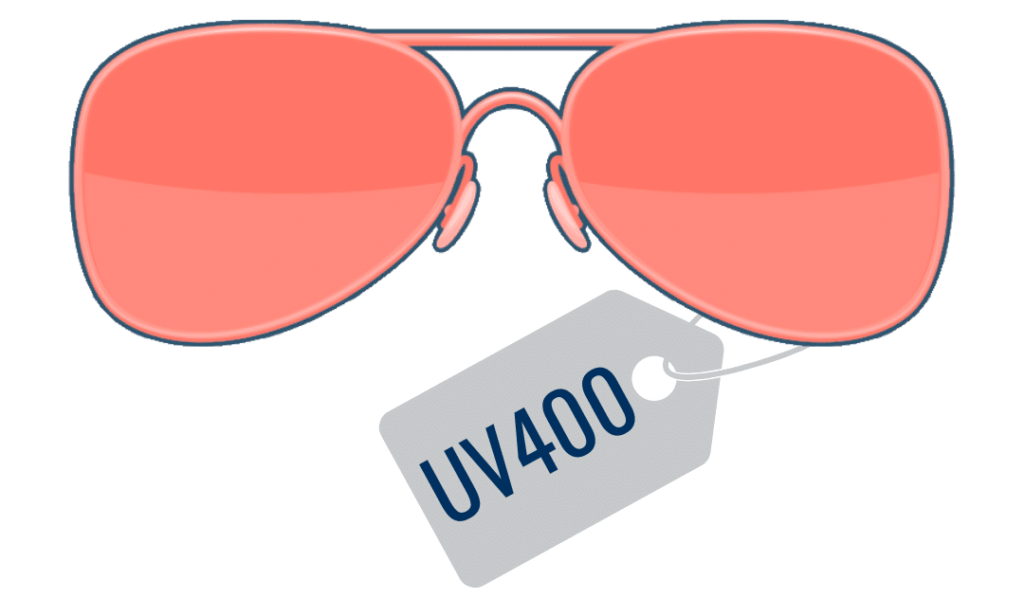Posted by: Mann Eye in Eye Health
Our eyes are remarkable organs that allow us to experience the world around us. However, they are also susceptible to damage from many things, including ultraviolet (UV) radiation. Most people understand the importance of protecting their skin from harmful UV, but they might overlook the significance of UV safety for their eyes.
Understanding UV Radiation
UV radiation is a form of electromagnetic radiation emitted by the sun. It consists of three types: UVA, UVB, and UVC. UVC rays are mostly absorbed by the Earth’s atmosphere and do not reach our eyes. However, both UVA and UVB rays can cause significant damage.

The Risks of UV Exposure to the Eyes
Prolonged exposure to UV radiation can lead to these potential risks:
1. Cataracts: UVB radiation is a known risk factor for cataracts, a clouding of the eye’s lens that can impair vision and ultimately require surgery to correct.
2. Macular Degeneration: Studies suggest that chronic exposure to UVA and UVB rays may contribute to age-related macular degeneration (AMD), a leading cause of vision loss in adults.

3. Photokeratitis: Also known as “sunburn of the eye,” photokeratitis is a painful condition caused by excessive UV exposure. It can cause temporary vision loss, redness, tearing, and a gritty sensation in the eyes.
4. Pterygium: Prolonged exposure to UV radiation can lead to the development of a non-cancerous growth called pterygium. This growth may cause irritation, redness, and blurred vision if it progresses onto the cornea.
Tips for UV Safety
Protecting your eyes from UV radiation is crucial for maintaining long-term eye health. Here are some of our top tips to incorporate into your daily routine:
1. Wear Sunglasses: Invest in high-quality sunglasses that block 100% of UVA and UVB rays. Look for sunglasses labeled with UV400 or 100% UV protection. Wraparound styles provide additional coverage and minimize peripheral UV exposure.


2. Choose Wide-Brimmed Hats: When spending time outdoors, especially during peak sun hours (10 am to 4 pm), wear a wide-brimmed hat that shades your face and eyes from direct sunlight.
3. Seek Shade: When the sun is at its strongest, find shade under trees, umbrellas, or other protective structures to reduce direct exposure to UV radiation.
4. Be Mindful of Reflections: Remember that UV rays can bounce off surfaces such as water, sand, snow, and concrete, increasing their intensity. Take precautions, even when in shaded areas.
5. Regular Eye Examinations: Schedule a routine eye examination with one of our experienced eye care professionals. They can detect and address any potential eye issues, including UV-related concerns, at an early stage.
At Mann Eye Institute, we say it’s alright to make eye care a special priority during summer. So, pass the tanning lotion and wear those sunglasses and hats because summer is a great time to have that LASIK you’ve been thinking about for years. Imagine your summer (and every other season for that matter!) free from the hassles of glasses and contacts!
And, as summer winds down, start thinking about scheduling a regular eye exam before the start of school and a heavier work schedule. If you have any immediate concerns about summer eye care, contact our expert ophthalmologists at Mann Eye Institute.

